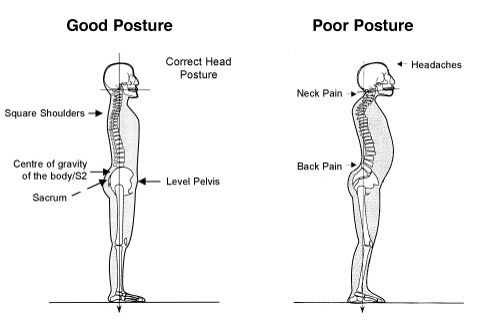Like many people who sit a whole lot, I have an anterior pelvic tilt: my lower back arches so much it’s stiff and pained no matter how much I try to “draw-in” the abdominal wall.  Basically, my paraspinal muscles are likely too short and stiff while my rectus abdominis is too long and weak. I’ve been stretching tight hamstrings and tight hip flexors, but apparently those may be symptoms of this tilt and not its cause. Even strengthening abs and glutes can backfire if my body is used to relying on my lower back and hip flexors to execute those movements.
Basically, my paraspinal muscles are likely too short and stiff while my rectus abdominis is too long and weak. I’ve been stretching tight hamstrings and tight hip flexors, but apparently those may be symptoms of this tilt and not its cause. Even strengthening abs and glutes can backfire if my body is used to relying on my lower back and hip flexors to execute those movements.
In order to correct this biomechanical imbalance, I need to strengthen my abs, glutes, and hamstrings, plus stretch hip flexors. The key is to avoid relying on the hip flexors when strengthening the upper and the lower abdomen; and separately, stretch the hip flexors while strengthening the glutes.
Sample Workout
- High knee march warm-up
- Planks while tucking glutes in
- Side planks, optionally with one leg raised
- Stand holding ball at chest and rotate the trunk in each direction
- Modified sprinter lunge
- Bridge or single leg hip thrust
- Child’s pose


